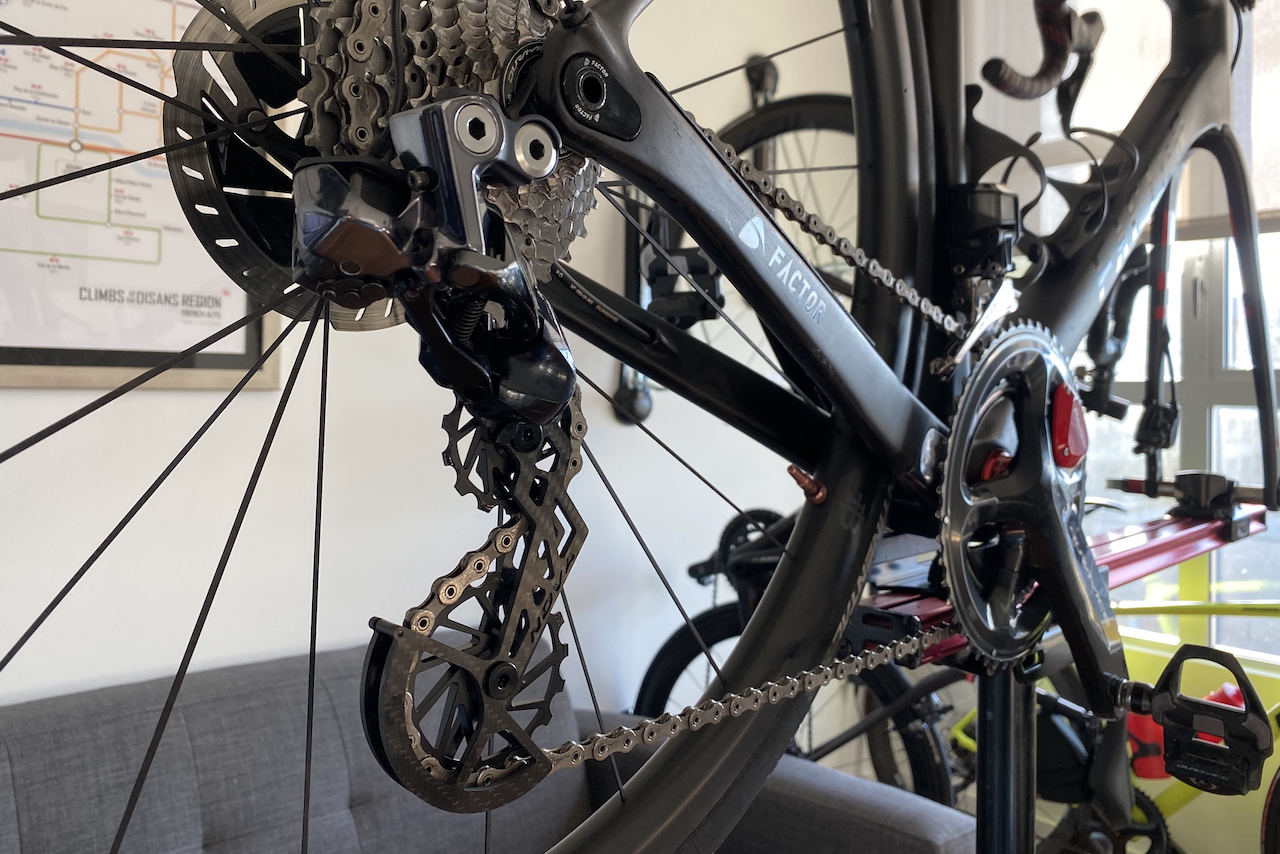
12 Minute Read

12 Minute Read
I’ve now been running this setup for about 6 months, so if you want to jump straight to my thoughts on it at this point, go see for yourself.
With that, on to the original article!
So “OSPW” stands for “oversized pulley wheel system.” On a bike’s derailleur where the rear gears are changed, there are two pulley wheels that the chain winds around through. These pulley wheels are as much a part of your bike’s drivetrain as the cogs themselves or the chainrings. But in my experience so far, they tend to be overlooked a bit.
Normal pulley wheels for most Shimano and Shimano competitors typically have about 12 teeth on both the upper and the lower pulley wheel. On some of the newer systems, you can fit a staggered 12/14 teeth combo with the lower pulley wheel having 14 teeth, usually without having to change anything else out to get it to fit.
So keep in mind that a lot of what is sold to us as customers, especially when it comes to “marginal gains” like oversized pulley wheels is, let’s just say, snake oil.

That being said, there is a reason for utilizing larger pulley wheels within your drivetrain compared to what you typically get when you buy a Shimano group set. The chain on your bike, as it makes its way around your gears, has to bend less drastically to get around. This translates into less power being used to push your chain through the cogs and chainrings.
Separate from the size difference in pulley wheels, the Shimano pulley wheels barely spin on their own, while aftermarket ceramic bearing varieties spin considerably longer with less resistance.
The differences here are small, and may not really be measurable while you’re out there on your bike in real world conditions, but it is measurable.
So there’s a generalized concept of “torque” in the mechanical world. It’s a pretty common thing to know about if you’re into cars or remember much from high school physics, but it’s basically a measure of how much effort it takes to push something. It’s measured in “pound/foot”, but when it comes to bikes, the better way to showcase this is in units of power, which are actually “watts”. Imagine watts as a measurement of this torque over some interval, usually in RPM’s (rounds per minute) in a car or in cadence on a bicycle.

So wattage that you put out on a bike is a more complex unit of measurement, since putting X amount of watts can actually translate into different forward momentum depending on which gear you are currently in. Confusing? Perhaps. But I imagine a lot of you instinctually “feel” some of this when you’re out there on the road.
Imagine your bike’s mechanics being a system with a set of inputs and a respective set of outputs. If you put in 100 watts to the system, you’d like to see as much of that 100 watts on the other end that translates into your forward momentum. This is sometimes referred to as “mechanical efficiency.” Believe it or not, internal combustion engines on cars have traditionally been wildly inefficient in this way, maybe only attaining 30-35% “efficiency” when measured. Newer ones are significantly more efficient, and electronic vehicles are even more so.
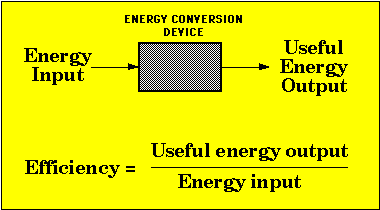
More information on this topic (don’t worry, it’s quick and easy to digest) can be found here.
Suffice it to say, if you’re pursuing a hot-rod racing bike machine, you’re going to want to make sure that all the drivetrain components are as efficient as possible. This is why we do things like put chain lube on, so that as the rollers within each chain link fit over a tooth on your chainrings or cogs, they slide on smoothly, roll off smoothly, and avoid unnecessary wear and tear when two metal pieces come in contact with each other time.
Besides just your mechanical “drag”, i.e., the measure of these parts of your system that inherently slow you down, there are many other places in your “system” that make you slower. Things like tire rolling resistance, what kind of road you’re riding on, and the big one, aerodynamic factors like wind that push you back. The human riding the bike is actually the least aerodynamic part of the whole thing!
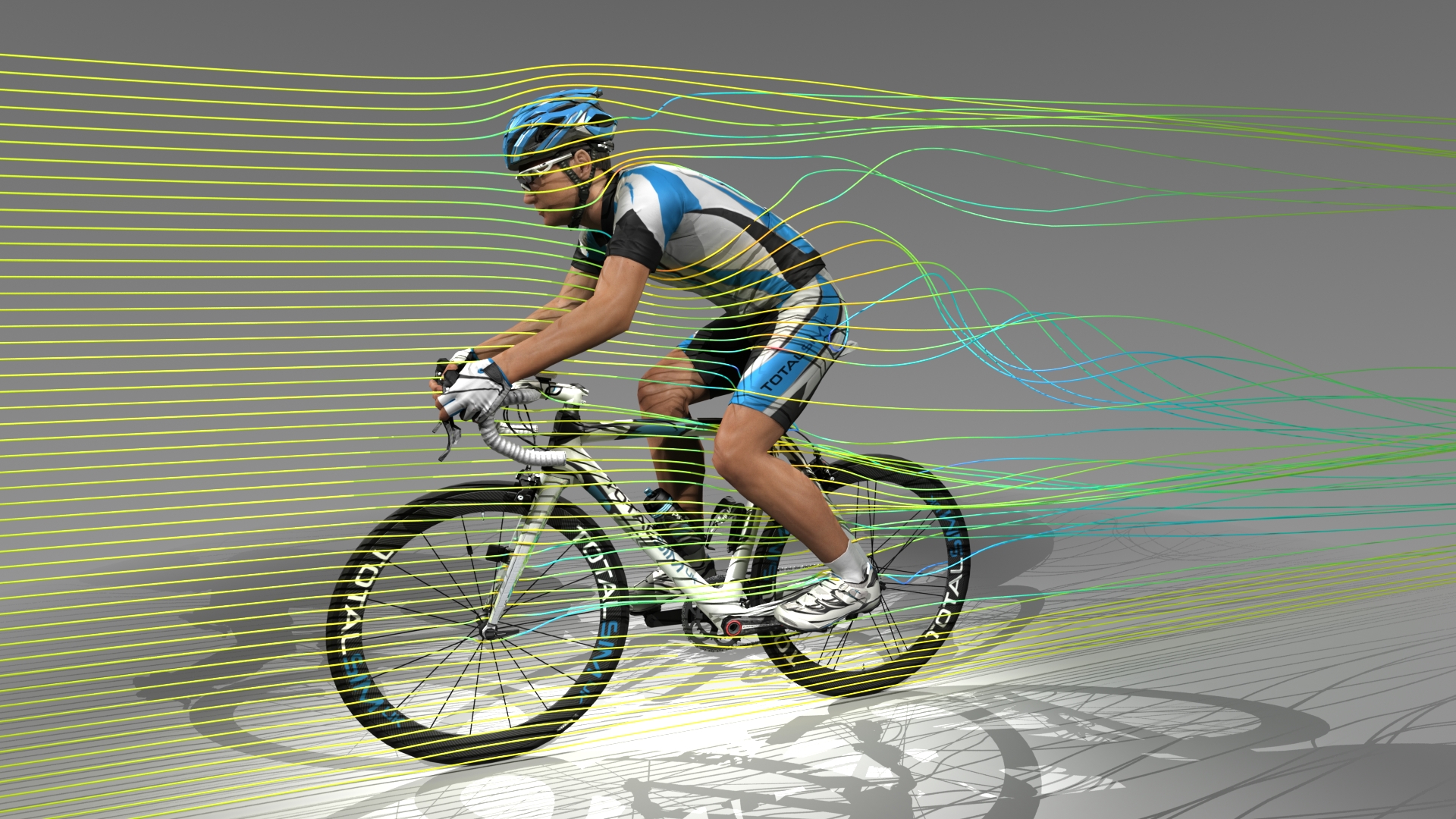
Bike companies know all this technical mumbo-jumbo, but also have to balance out costs against what consumers will actually pay for these things. So instead of larger pulley wheels, we get smaller ones that are cheaper to produce. Instead of extremely low friction ceramic ball bearings, we get steel ones or possibly just bushings.
This does, however, leave a market open at the top end for others more interested in these kinds of “marginal gains” as the industry likes to call them.
Other things that are more mechanically efficient are larger chainrings, believe it or not. A larger chainring may be difficult to push around when going up a steep hill, but theoretically the energy put in is more efficiently transferred out compared to a smaller one. You’ll notice this more in industrial applications where torque and wattage values are significantly higher.
Even what kind of materials you make small ball bearings out of can theoretically roll more smoothly on a small (microscopic?) scale around an enclosed “race” (circular track) to prevent any additional drag in your overall system.
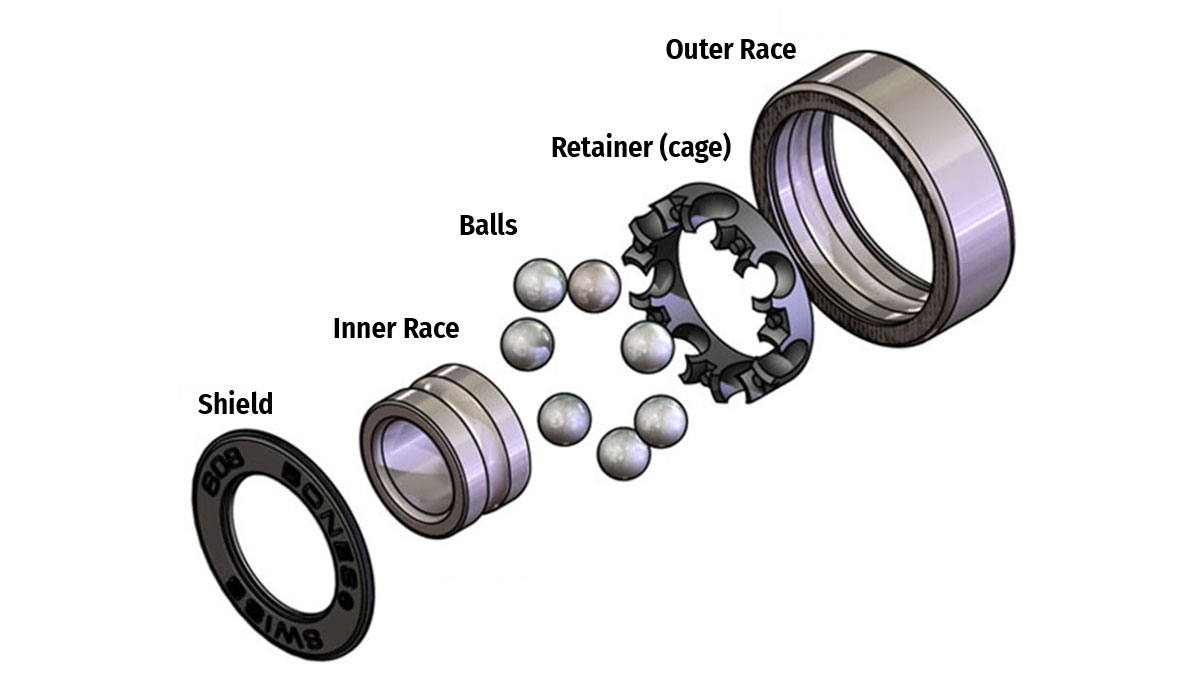
For a while now, the dominating force in this arena for bikes has been the Danish company CeramicSpeed. They provide both ceramic bearings and oversized pulley wheel systems, most often seen on the bougie weekend warrior’s bike or in the pro peloton. They market themselves as providing lower mechanical loss in the “system” mentioned earlier, providing you with higher gains in your forward momentum per pedal stroke.
Only problem is that these systems are quite expensive! The usually set you back at least $500 USD to get into their OSPW system. You can get it “coated” for an additional $100 USD, meaning that they will provide some proprietary material inside the bearing races (i.e., the donut shaped track that the ball bearings roll around in) to make it harder to avoid wear and tear. They even have an $1700 USD 3D printed titanium model!

All of this to, get this, “save starting from 2.4 watts from the standard Shimano system.”
I mean, it’s more nuanced than that, but that’s quite a steep price tag for a very little marginal gain. Hence my snake oil comment earlier. Doesn’t matter, though, they just look so cool!
Enter Nova Ride. They’re a French company I’ve only recently discovered, most likely via some cleverly targeted Instagram posts. Or maybe it was my constant Googling around for new and interesting things, who knows. They appear to be a small operation still, and specialize in some carbon fiber parts, which at this point means mainly wheels and OSPW systems.
There isn’t a ton out there yet providing reviews for their main product, an OSPW system. There are some YouTube videos talking about it, though, mostly from someone named Charles Ouimet who may have some association with the company. Their price point is significantly less than the competition, however, given that the product seems largely comparable, usually at about $229 USD. And their color options are pretty sweet, too!
So in short, the highlights of their system are:
First of all, at the time I made this decision, I did so not only because the price was so good, but also that there was a discount code via that YouTube video that happened to work for me. Shipping was even reasonable, and I was able to make the purchase directly into Euros via PayPal.
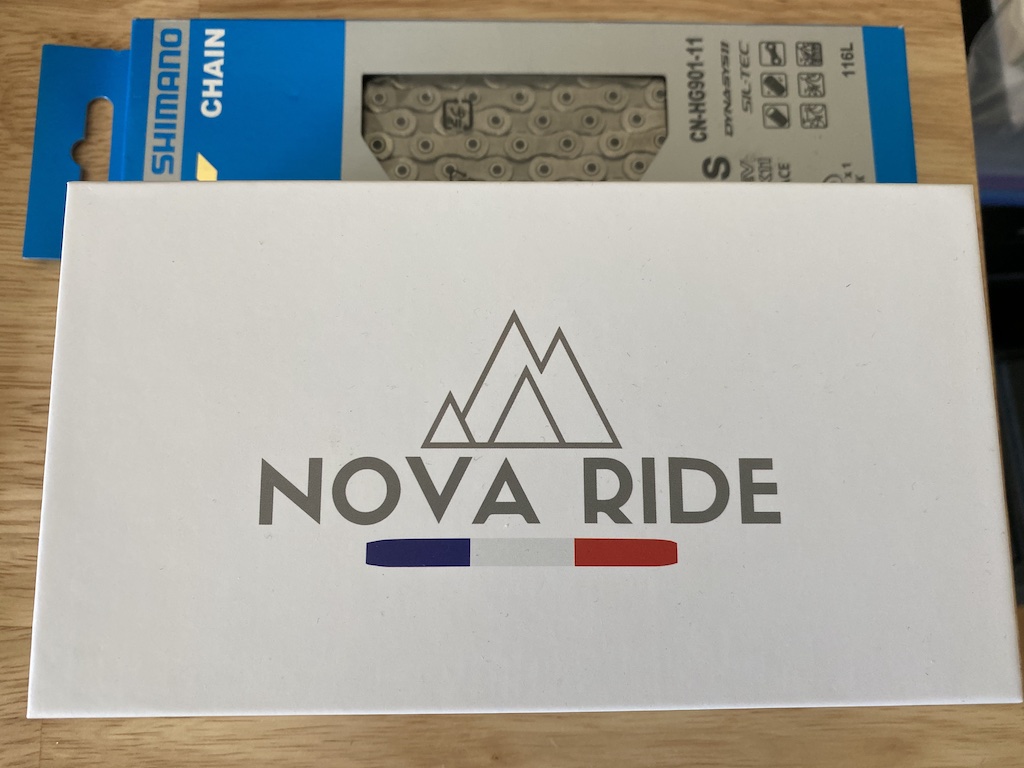
I particularly liked the French flag colors on the box. Nice touch.
I opted to get the black on black.
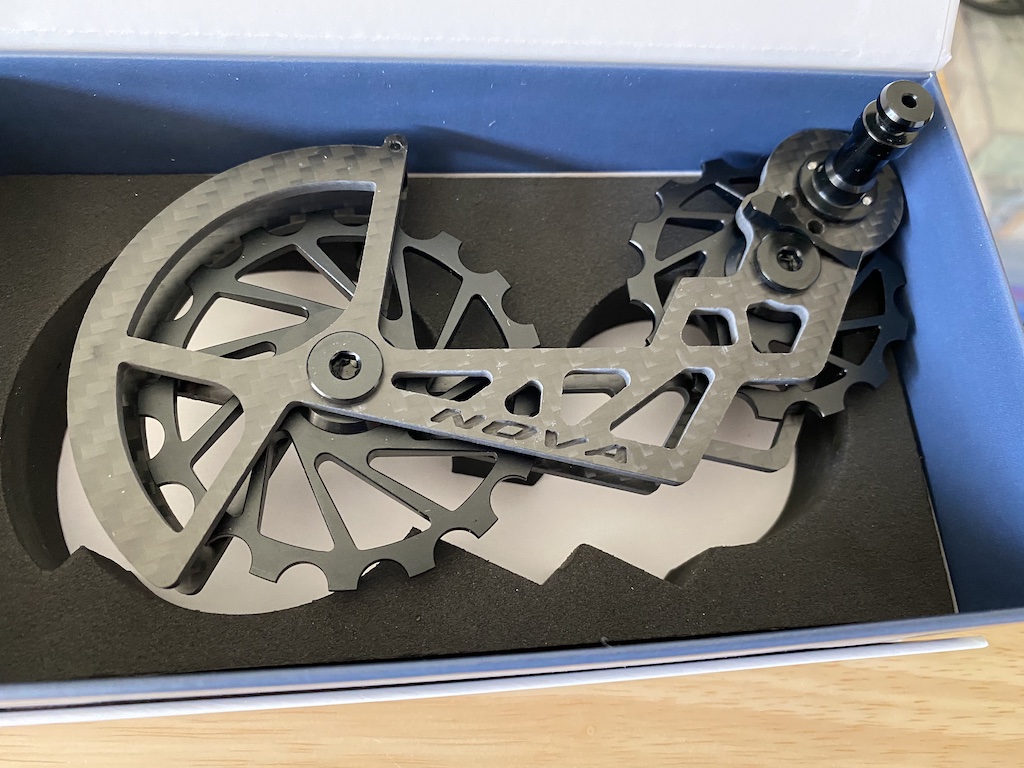
I would have liked to get a red color for the wheels themselves, but one, they don’t currently make them in red, but two because the road grime tend to make cleaning parts like this quite difficult. I previously purchased some 12/14 teeth pulley wheels from BBInfinite, another awesome company that makes ceramic bearing pulley wheels, that were red and they have been a pain to keep clean. They look great, and spin extremely well, but given that they are made of Delrin, a plastic-like material, they tend to get dirty quickly and seem to stain over time.
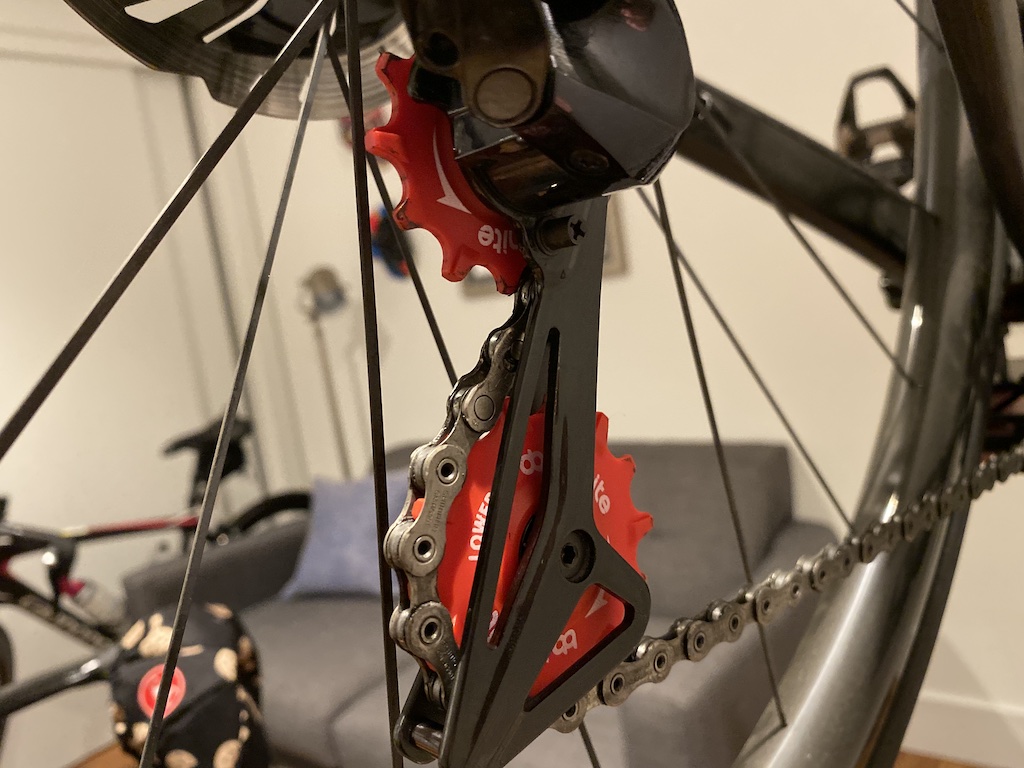
Not that I’m reviewing their product, but BBInfinite makes great stuff, and it’s also quite reasonably priced. I also really like their videos on YouTube explaining their engineering and manufacturing process, as it’s funny and easy to approach and digest.
Despite me not being the most technically savvy person around when it comes to physical parts on my bike, I managed to install this one myself. Some pointers from my perspective on this:
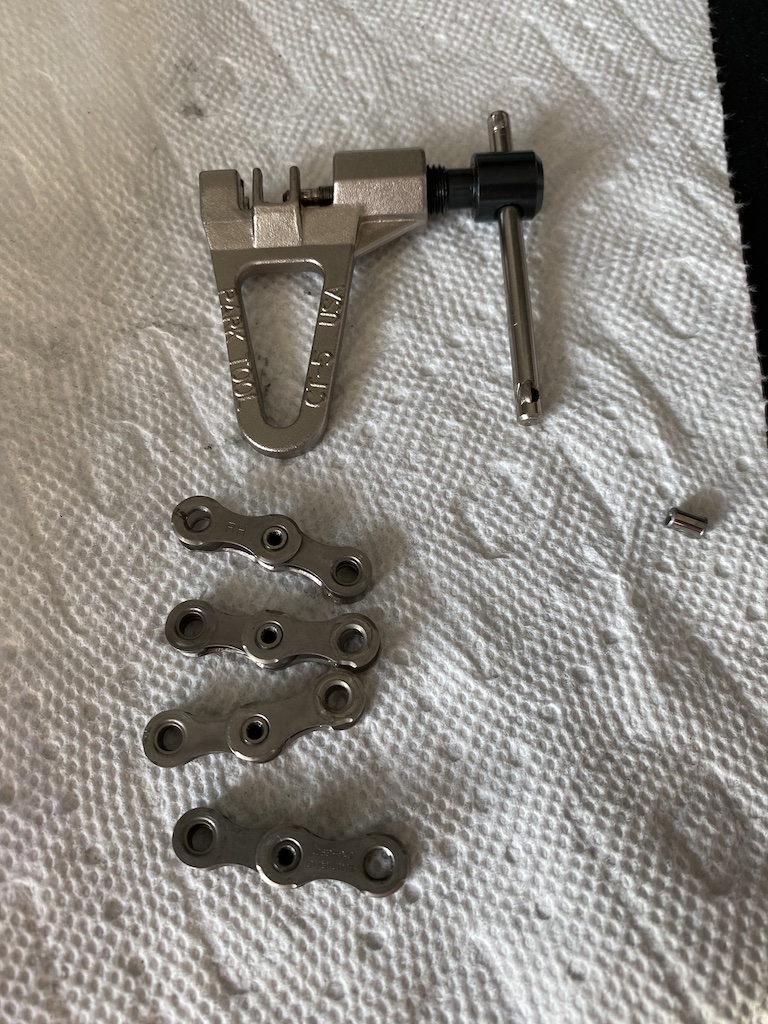
To be completely honest here, this is something I’ve been looking for a reason to justify purchasing for some time now. It just hasn’t really felt “worth it” to me to spend $500 USD on something that I think, while nice for mechanical efficiency, would be mainly for the “bling” factor. So when I saw that there was a fully ceramic option for a price at less than half of the competition that also had a nice color scheme, I jumped on it.
The concerns people typically have for these systems generally are:
So to each these points, I say:
Overall, I’m a fan. My drivetrain on this bike has never been smoother. It’s rather amazing to note, actually.
I remember noticing subtle differences when I first put on the BBInfinite pulley wheels, as I could sense that when turning the pedals around through the “dead zones” of the pedal stroke, the “dead zone” seemed less noticeable. This effect is even more so with the Nova Ride OSPW. I honestly am regularly happy when I go riding now and notice how smooth this thing feels through gears that traditionally were more difficult to turn than before.
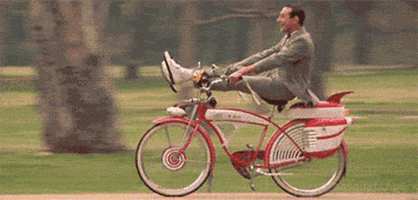
Is some of this in my head? Maybe. I mean, who am I kidding, it probably is. At least as far as how to actually measure it. I’m sure a new chain definitely helps aid this effect. But everything feels a lot smoother and nicer. And I really love the look of it. The carbon look definitely fits with the rest of the scheme of my bike, and I look forward to seeing how well it works over the next few years that I have it!
Now with that, anyone else up for frozen yogurt?
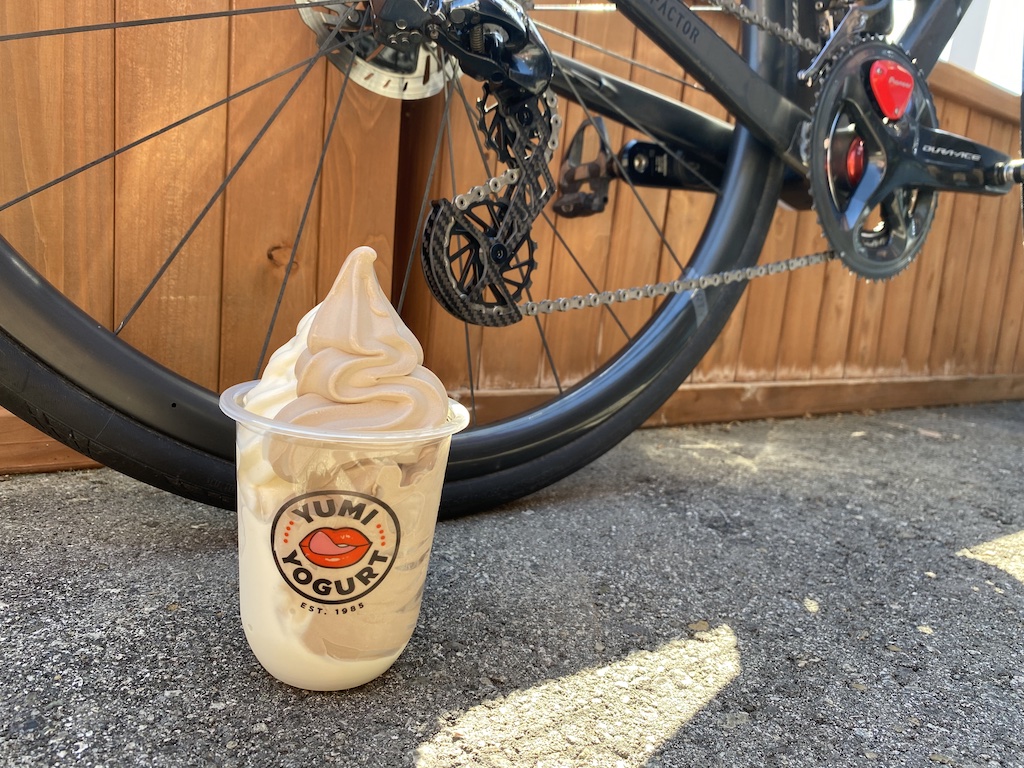
Now that I’ve been running this device for the past 6 months, I can honestly say that I still like it.
My highlights on the system:
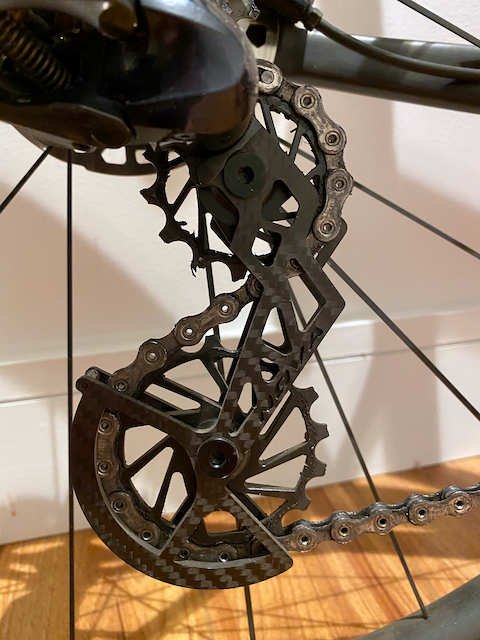
If there’s only one drawback that I’ve found so far is that there are a few gears that are a bit stubborn to get in and out of. It’s not terribly consistent, and I can usually shift an extra gear down and up (or vice versa) and I can call it a day.
The main mechanic at my local shop who looked at it more closely after I installed it voiced a concern around this point, noting that “most of these systems aren’t stiff enough” to compare with the Shimano stock cage. But again, I want to emphasize that it hasn’t bothered me at all in the past six months. I think there’s a slight bit of play left to right of center at certain points, but if I am to be honest, I haven’t really tried reindexing my gears yet to take care of it.
So yeah, I (still) definitely recommend one if you’re looking for an extra bit of bling for your bike!